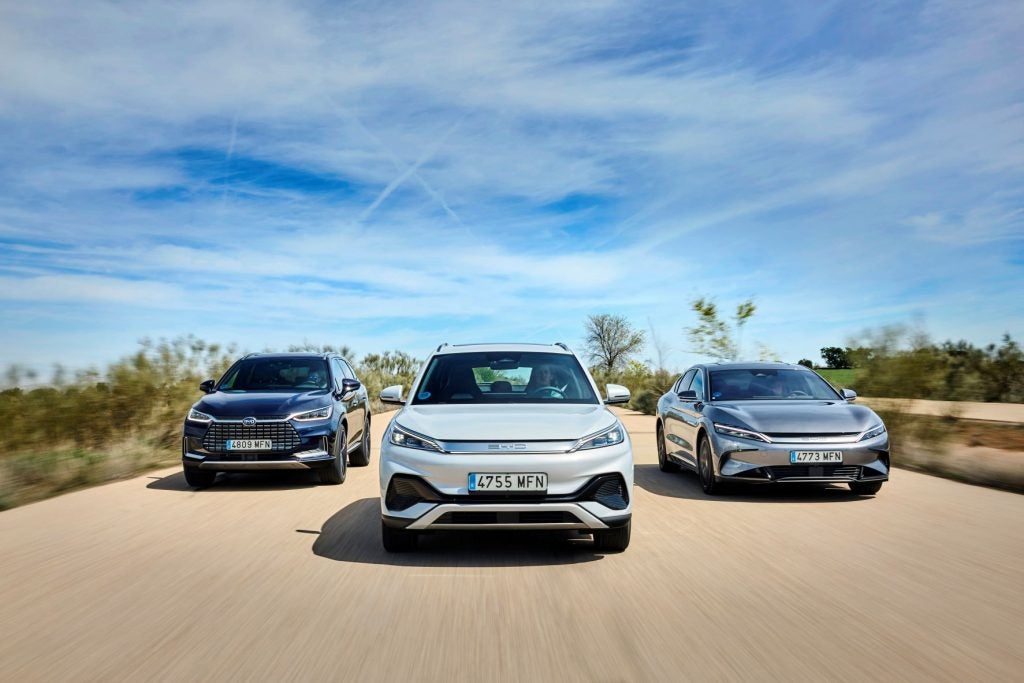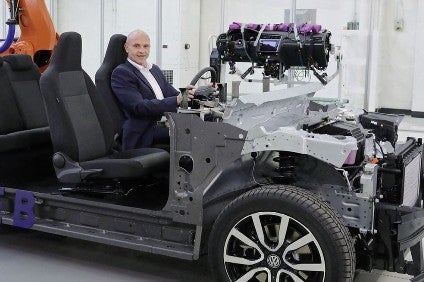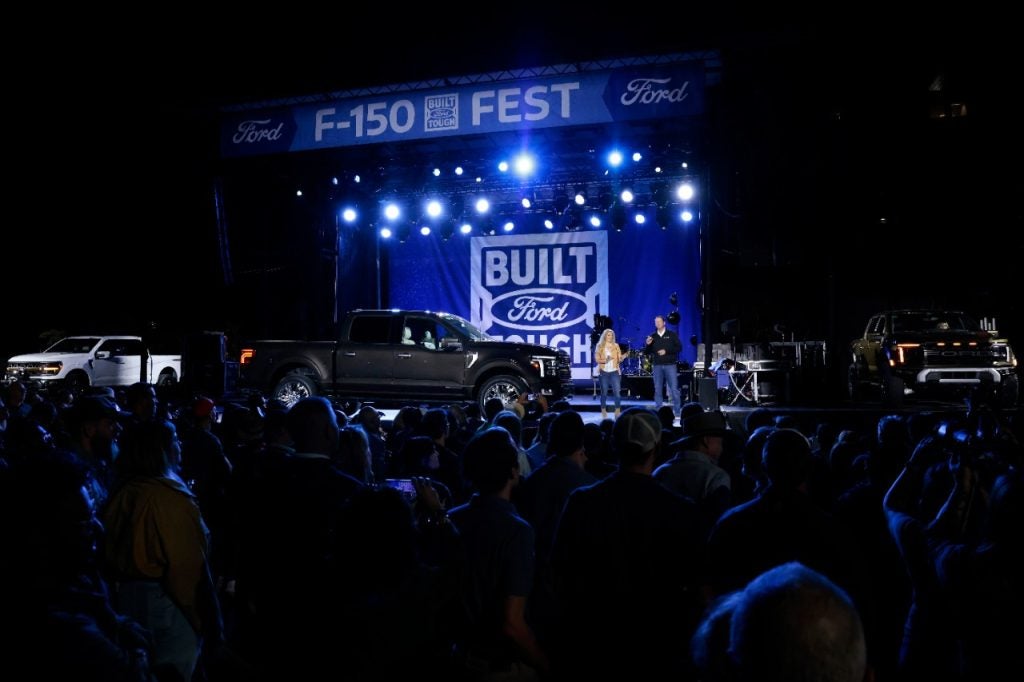
In Munich (rather than the historical Frankfurt venue) IAA 2023 was notable for the display of electric car concepts and designs – a sign of the direction that many OEMs have to take as the energy transition gathers pace. Another considerable challenge ahead was evident in the presence of Chinese brands, a number of whom are making no secret of their intention to target European consumers with competitively priced product.
As ever, the product displays and presentation were impressively put together, but a number of models stood out from the crowd.
BMW Vision Neue Klasse
BMW’s commitment to ‘shaping the future of mobility’ was exhibited in the shape of the BMW Vision Neue Klasse concept.
The Vision Neue Klasse comes loaded with features designed, in particular, to appeal to Chinese consumers who have been moving away from Western brands toward domestic ones – such as BYD.
With BMW Panoramic Vision, a new multifunction steering wheel, the new central display and a new BMW 3D head-up display as central display and operating elements, the quintessential BMW user experience is being reinterpreted in all Neue Klasse models, BMW said.
The design retains iconic BMW elements like the kidney grille and Hofmeister kink. Inside, the Neue Klasse offers an advanced digital user experience, thanks to next-generation BMW iDrive.
Performance also gets a significant boost with the sixth-generation BMW eDrive technology, offering faster charging, extended range, and improved efficiency.
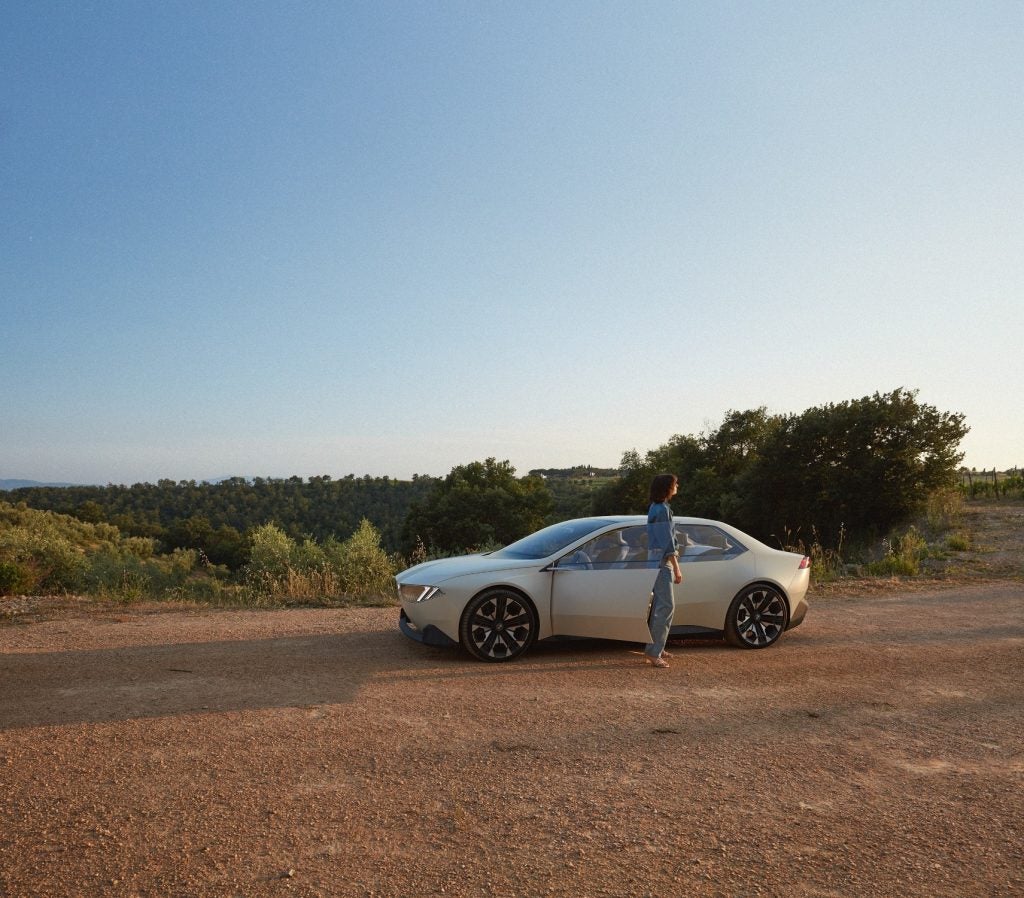
Renault’s Electric Scenic E-Tech and Grand Kangoo
Renault showed two significant vehicles at the IAA.
First, the All-New Scenic E-Tech Electric reimagines the Scenic as an eco-friendly family vehicle. Its standout feature is an electric powertrain offering an impressive WLTP range of over 620 kilometres.
Built on the CMF-EV platform, Renault says space inside the vehicle is maximised due to a compact battery with power up to 87 kWh and a motor delivering up to 160 kW.
Renault says it has made passenger comfort a priority, with a spacious interior and the OpenR Link multimedia system to enhance the user experience.
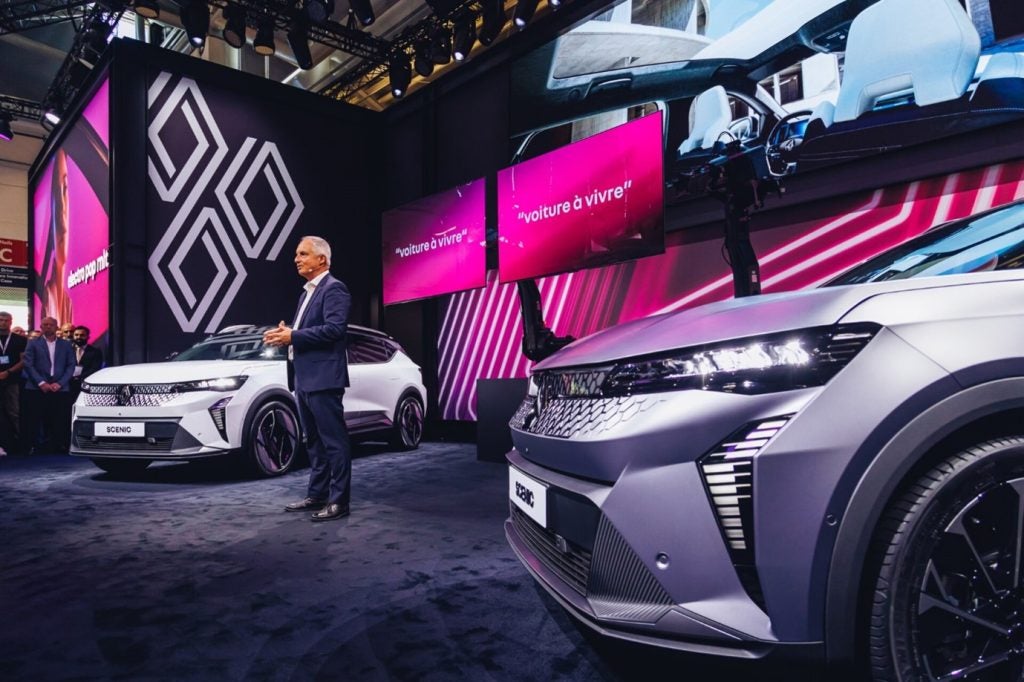
Next, the Grand Kangoo targets what might be termed the utility-MPV segment. Renault clearly sees a niche for a compact people carrier, despite the decline of the once mighty C-segment monospace class pioneered in the 1990s by the Megane Scenic.
Seating seven adults Renault says it caters to both family and professional needs.
Safety has been a priority, with 14 ADAS based features to boost safety.
The Grand Kangoo offers an electric range of up to 265 km and is developed using eco-friendly manufacturing processes at Renault’s Maubeuge factory.

Mercedes-Benz Concept CLA Class
Mercedes-Benz’s Concept CLA Class symbolises the premium brand’s commitment to an electric and digital future. Designed on the Mercedes-Benz Modular Architecture (MMA) platform, Mercedes says it prioritises exterior design, dynamic performance, and a customer-centric experience.
It comes with a WLTP range of over 750 kilometres and energy efficiency at 12 kWh/100 km.
The MB.OS operating system is also presented as the foundation for a user interface on the MBUX Superscreen, derived from the display in the Vision EQXX with ‘real-time graphics’.
Sustainability is evident throughout the car’s structure and interior, featuring eco-friendly materials such as CO2-reduced steel and aluminium as well as processed leather upholstery.
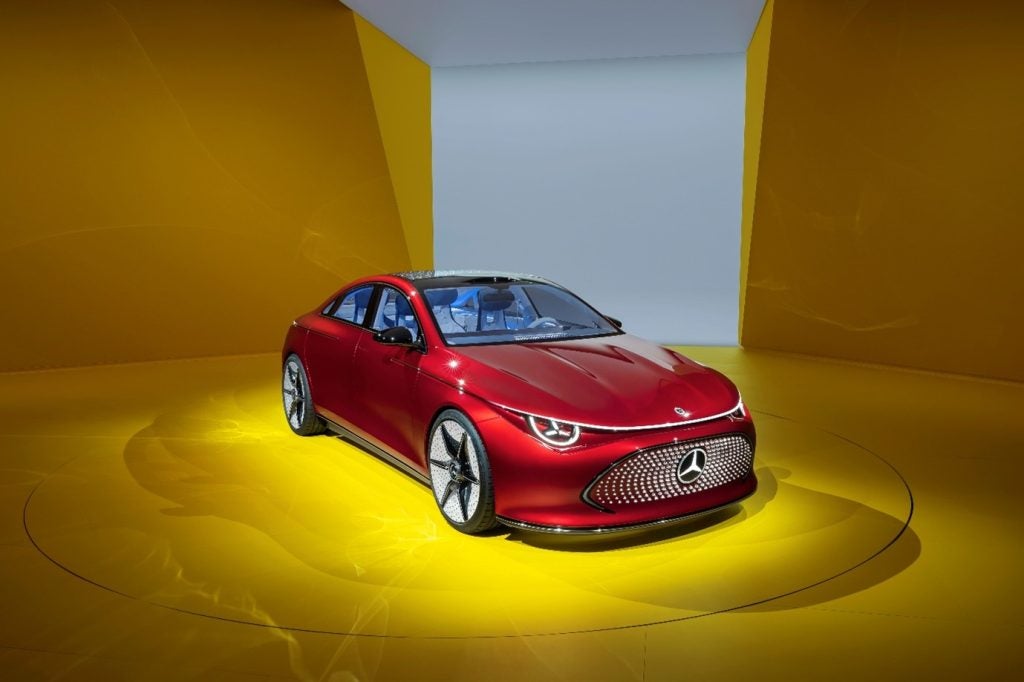
Volkswagen ID GTI
Volkswagen’s ID. GTI Concept offers a glimpse into the electric future of the iconic GTI sub-brand. Scheduled for a 2027 release, this vehicle, based on the modular electric drive (MEB) platform, promises to blend sporting performance with sustainability.
Measuring approximately 4.1 metres long, this five-door hatchback sports classic GTI styling elements, including a red grille surround, bold GTI bumper and a prominent GTI roof spoiler. The front splitter pays homage to the original Golf GTI in matte black, and 20-inch alloys mimic the classic Golf wheels.
The interior boasts a fully digital cockpit with a 10.9-inch driver display and a 12.9-inch centre touchscreen.
Technical details remain under wraps, but enthusiasts can also anticipate a faster dual-motor all-wheel drive GTX version in the future. Will there be a Golf name somewhere in the future VW sporty electrics mix?
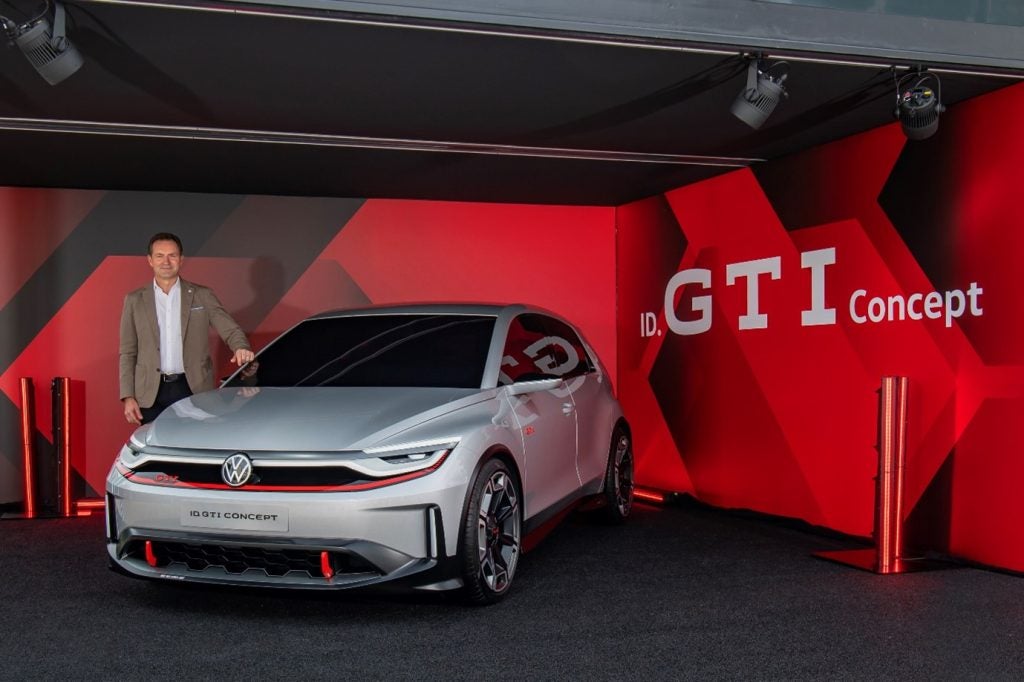
BYD Seal and Seal U
China’s largest electric automaker BYD debuted its electric car line-up featuring five EVs and the European premiere of the premium sub-brand Denza’s Denza D9.
The BYD Seal, a D-segment sedan, is built on the e-Platform 3.0 and designed with BYD’s Ocean X Design Language.
It’s the first vehicle to utilise BYD’s CTB (Cell-to-Body) technology, integrating the body and the Blade Battery for structural strength. With all-wheel-drive and iTAC (Intelligent Torque Adaption Control), BYD says it offers stability, handling, and safety in performance.
Available in two trim levels, Design (230 kW) and Excellence (390 kW), the Seal offers a 570/520 km (WLTP combined) driving range and acceleration of 0-100 km in 5.9/3.8 seconds, depending on the variant.
Marketed as a ‘sporty and dynamic’ sedan, BYD Seal comes powered by an 82.5 kWh LFP Blade Battery and offers an 11 kW 3-phase on-board charger for AC charging as standard and can be fast charged at a DC charging station with 150 kW.
It has a starting price around EUR45,000 and deliveries will start in Q4 2023.
BYD also showed the Seal U, an electric SUV with space for five occupants and cargo room. This SUV features an Ocean-inspired design.
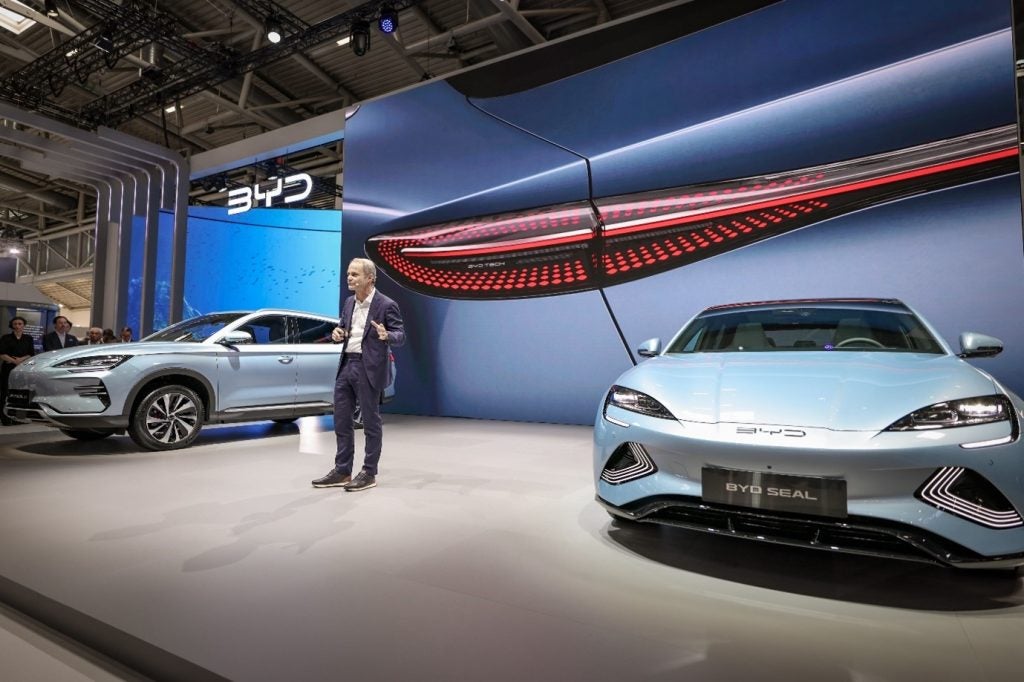
Audi Q6 e-tron
Audi claims the interior of the Audi Q6 e-tron is ‘testament to user-centred design principles’.
A large display concept takes centre stage, integrating OLED curved displays, including an 11.9-inch Audi Virtual Cockpit and an expansive 14.5-inch MMI touch display.
The Q6 e-tron introduces the AIR operating concept. Powered by the Android operating system and driven by the Audi Assistant voice control, this system proactively manages over 800 functions, Audi says. The introduction of intelligent voice control, initiated by simply saying “Hey Audi,” allows for seamless, hands-free operation of a wide range of functions.
Dynamic light strips equipped with 84 LED elements play a role in conveying information to occupants. These lighting elements dynamically communicate information such as hazard warnings, charging status, and locking notifications.
The Audi Q6 e-tron also features an augmented reality head-up display. This system offers an expansive 88-inch field of view, ensuring that critical information, such as navigation data, and safety-related information, is presented directly within the driver’s line of sight.
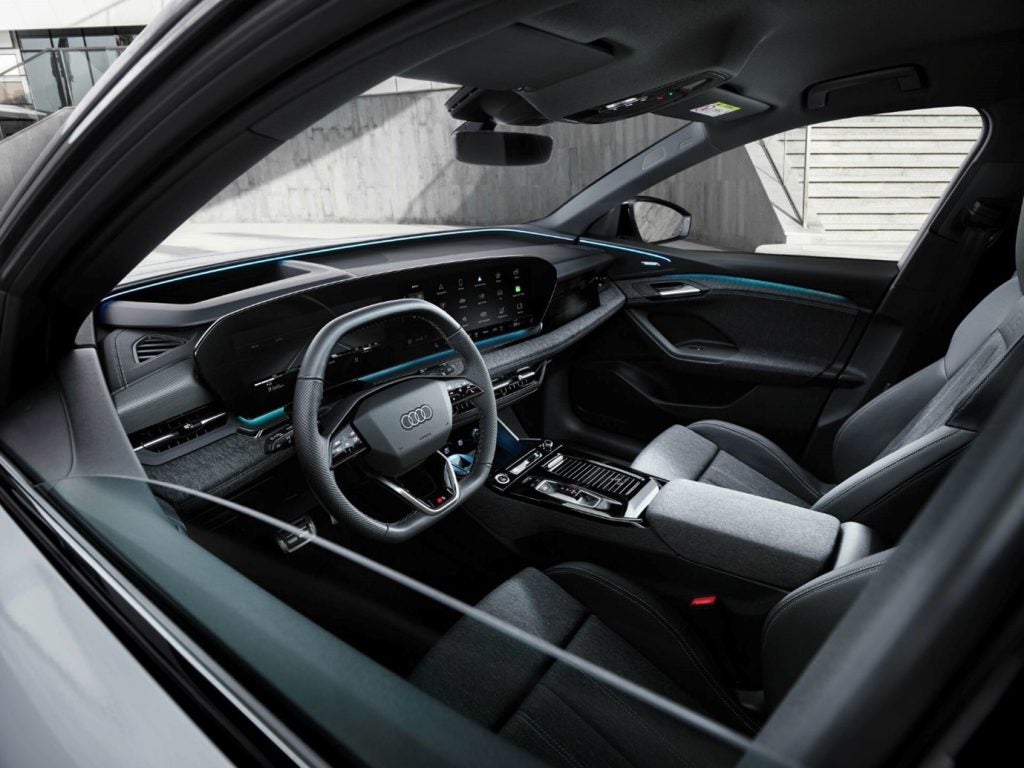
Tesla Model 3 revamped
In a much-anticipated move, Tesla has revealed its revamped Model 3, set to hit the market with an extended range and an upgraded price tag.
The 2024 Tesla Model 3 boasts improved aerodynamics and a fresh new look, highlighted by a sleeker front end featuring slender headlights and a curvier bumper. To complement these changes, the vehicle sports updated 18- and 19-inch wheels, alongside enhanced tires, promising both increased range and a quieter driving experience.
At the rear, there is a sportier looking bumper and new C-shaped taillight. A new colour palette offers options like Stealth Gray and Ultra Red.
Inside, Tesla has redesigned the interior, featuring a new dashboard, updated centre console, and improved door panels. Noise, vibration, and harshness (NVH) improvements further elevate the driving experience, Tesla says. As well as a 15.4 inch front display, there is a new 8-inch screen for rear occupants.
Performance-wise, the rear-wheel drive Model 3 accelerates from 0 to 62 mph (0-100 km/h) in 6.1 seconds and has an impressive WLTP range of 319 miles (513 km). The Dual Motor Long Range variant takes it a step further, achieving a 0-62 mph (0-100 km/h) time of 4.4 seconds and a WLTP range of 391 miles (629 km).
There are also fast-charging capabilities, with options for 170 kW or 250 kW charging. Tesla claims that just 15 minutes of charging can provide up to 175 miles (282 km) of range when the battery is running low.
For those in Germany, pricing for the 2024 Model 3 starts at EUR42,990, with deliveries expected to commence next month.

Mini Cooper Electric and the new Countryman for the US
BMW Group’s Mini brand has revealed the all-electric Mini Cooper.
The design maintains classic Mini proportions, featuring the familiar circular headlights and a clean grille design. Inside, a minimalist approach continues with iconic circular instrument cluster and a user-friendly OLED display.
Mini has introduced Experience Modes, offering personalised driving experiences, and a redesigned toggle bar simplifies access to key functions, it says.
The Mini Intelligent Personal Assistant responds to voice commands and the vehicle boasts Mini Operating System 9, providing an intuitive interface.
Driver assistance systems like Parking Assistant Plus and the Mini Digital Key Plus improve convenience. The electric drivetrain comes in two variants, Cooper E and Cooper SE, with enhanced suspension and steering for excellent driving dynamics.
Efficient battery charging options include AC and DC, with fast charging capable of replenishing the battery from 10% to 80% in under 30 minutes.
Mini is also electrifying the Countryman – especially important for the North American market. Battery electric versions of it will be available in two variants: Countryman E and Countryman SE ALL4.
The Countryman E features a single electric motor providing around 204 horsepower and 184 lb-ft of torque. It accelerates from 0 to 62 mph in 8.6 seconds and reaches a top speed of 105 mph.
The SE ALL4 model offers dual electric motors, delivering a combined 313 horsepower and 364 lb-ft of torque. It accelerates from 0 to 62 mph in just 5.6 seconds and has a top speed of 112 mph.
The variants are estimated to travel up to 287 miles (E) or 269 miles (SE ALL4) on the WLTP test cycle, though expect slightly shorter ranges under the US EPA’s testing.
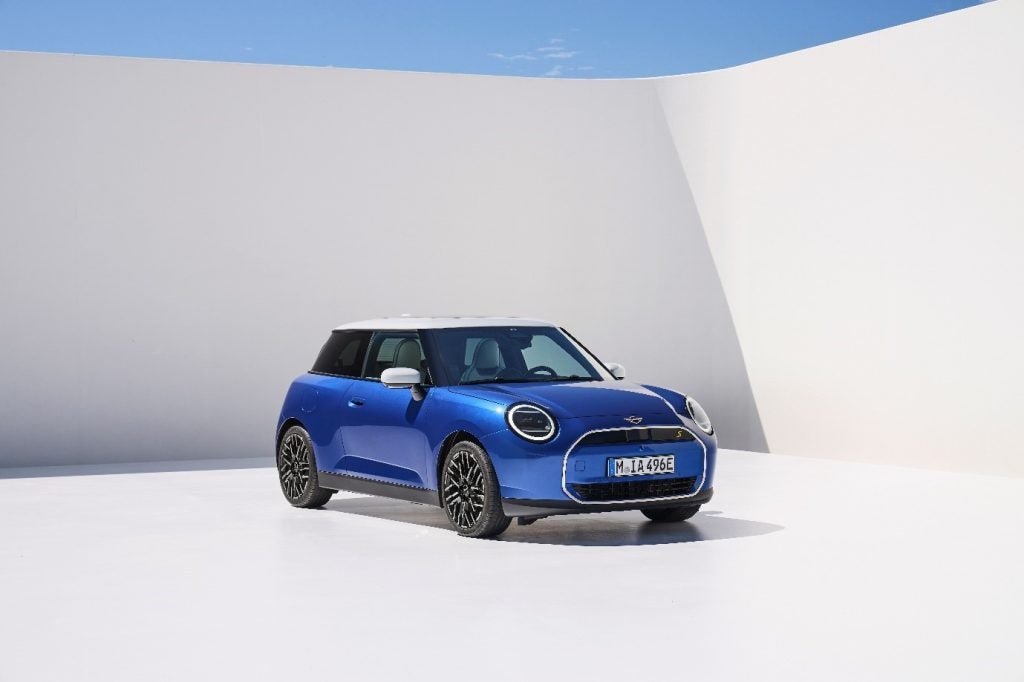
Chinese EV Manufacturers stand out
The IAA Mobility show was an arena where the latent European market ambitions of Chinese EV manufacturers took centre stage.
Many attendees at this year’s event were aware of a shift in the landscape, with over a third of the exhibitors at the event headquartered in Asia. The Chinese manufacturers attracted plenty of attention. Chinese market leader and EV specialist BYD caught the main headlines, but other Chinese OEMs are also growing export sales around the world.
As GlobalData’s analysis has illustrated, the Chinese OEMs are aggressively targeting higher export sales. Moreover, they have a significant lead in EVs and plug-ins. According to Global Data, 26.7% of cars sold in China last year were NEVs (battery electric vehicles and plug-in hybrids), compared with 15.5% globally.
Leapmotor announced its intention to introduce the C10 SUV in European markets by next year. Furthermore, it committed to launching five “globally-oriented” products worldwide within the next two years.
XPeng also made its intentions clear. It disclosed plans to expand into more European markets, including Germany, Britain, and France, by 2024. Xpeng already sells its P7 sedan and G9 SUV in Norway, Sweden, Denmark, and the Netherlands.

The presence of Chinese EV companies on European soil is seemingly rattling some traditional European automakers and hastening their EV development programmes. The comments of Renault’s chief summed up the feeling that the challenge emerging from China is pretty serious. “We have to close the gap on costs with some Chinese players that started on EVs a generation earlier,” Renault CEO Luca de Meo told Reuters.
In Munich, one thing was clear: Chinese EV manufacturers are coming into the European market and they have EV products that look highly competitive.
On the evidence of the 2023 IAA, it could also be added that reports of the demise of the traditional motor show format are, perhaps, a little premature. They (exhibitors and visitors) did come.


